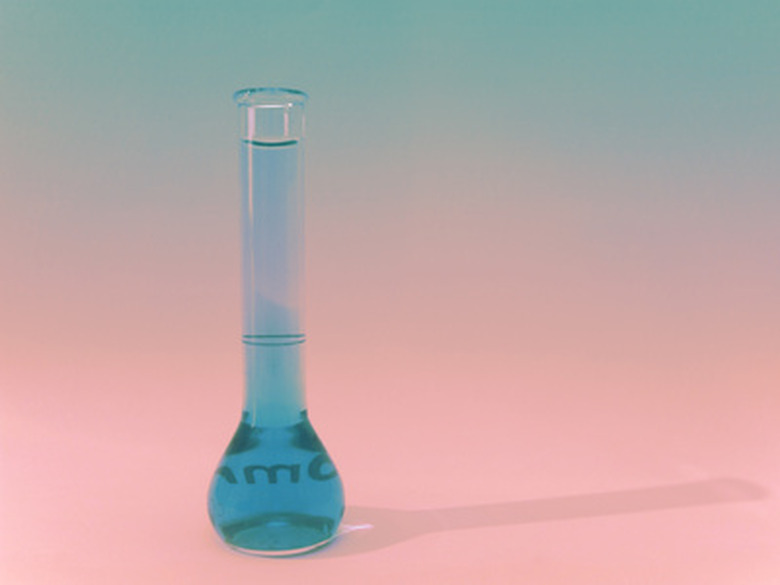The Formation Of Hydrogen Bonds
A hydrogen bond is formed when the positive end of one molecule is attracted to the negative end of another. The concept is similar to magnetic attraction where opposite poles attract. Hydrogen has one proton and one electron. This makes hydrogen an electrically positive atom because it has a deficiency of electrons. It seeks to add another electron to its energy shell to stabilize it.
Hydrogen Bond Formation
Hydrogen Bond Formation
Two terms are important in understanding how the hydrogen bond forms: electronegativity and the dipole. Electronegativity is the measure of the tendency of an atom to attract electrons to itself to form a bond. A dipole is a separation of positive and negative charges in a molecule. A dipole-dipole interaction is an attractive force between the positive end of one polar molecule and the negative end of another polar molecule.
Hydrogen is most commonly attracted to more electronegative elements than itself, such as fluorine, carbon, nitrogen or oxygen. A dipole forms in a molecule when hydrogen retains the more positive end of the charge while its electron is drawn in toward the electronegative element where the negative charge will be more concentrated.
Properties of Hydrogen Bonds
Properties of Hydrogen Bonds
Hydrogen bonds are weaker than covalent or ionic bonds because they easily form and break under biological conditions. Molecules that have non-polar covalent bonds do not form hydrogen bonds. But any compound that has polar covalent bonds can form a hydrogen bond.
Biological Importance of Hydrogen Bond Formation
Biological Importance of Hydrogen Bond Formation
The formation of hydrogen bonds is important in biological systems because the bonds stabilize and determine the structure and shape of large macromolecules such as nucleic acids and proteins. This type of bonding occurs in biological structures, such as DNA and RNA. This bond is very important in water because this is the force that exists between water molecules to hold them together.
Hydrogen Bond Formation In Water
Hydrogen Bond Formation In Water
Both as a liquid and as solid ice, the hydrogen bond formation between the water molecules provides the attractive force to hold the molecular mass together. Intermolecular hydrogen bonding is responsible for the high boiling point of water because it increases the amount of energy required to break the bonds before boiling can begin. Hydrogen bonding forces water molecules to form crystals when it freezes. Since the positive and negative ends of the water molecules must orient themselves in an array that allows the positive ends to attract the negative ends of the molecules, the lattice or framework of the ice crystal isn't as tightly meshed as the liquid form and allows ice to float in water.
Hydrogen Bond Formation in Proteins
Hydrogen Bond Formation in Proteins
The 3-D structure of proteins is very important in biological reactions such as those involving enzymes where the shape of one or more proteins must fit into openings in enzymes much as a lock and key mechanism. Hydrogen bonding allows these proteins to bend, fold and fit into various shapes as necessary which determines the protein's biological activity. This is very important in DNA because the formation of hydrogen bonds allows the molecule to assume its double helix formation.
Cite This Article
MLA
Evans, Diane. "The Formation Of Hydrogen Bonds" sciencing.com, https://www.sciencing.com/formation-hydrogen-bonds-6462286/. 24 April 2017.
APA
Evans, Diane. (2017, April 24). The Formation Of Hydrogen Bonds. sciencing.com. Retrieved from https://www.sciencing.com/formation-hydrogen-bonds-6462286/
Chicago
Evans, Diane. The Formation Of Hydrogen Bonds last modified March 24, 2022. https://www.sciencing.com/formation-hydrogen-bonds-6462286/
